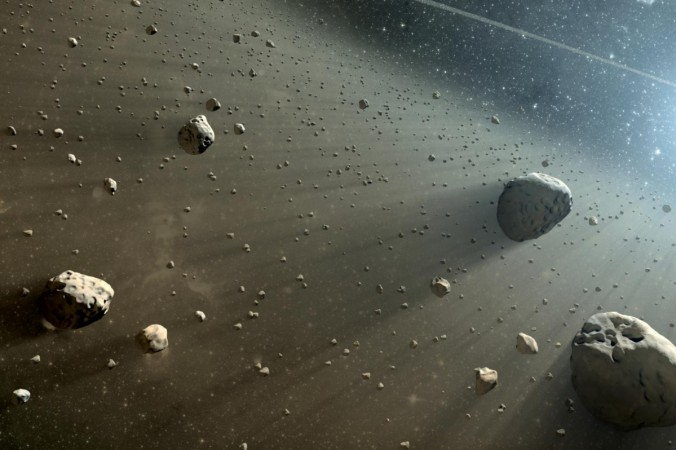
Asteroid impacts on Earth were recently found to have tripled in rate starting 290 million years ago, so this might be something we would experience in the future rather than just watch in movies or television shows. However, humans have yet to figure out how to prevent an asteroid from piercing through the Earth's atmosphere or reduce its impact on the planet in case of a collision. But NASA may have found a way.
According to Business Insider, NASA has approved a mission that aims to slam a spacecraft into a "small" asteroid and bump it off course. Dubbed the Double Asteroid Redirection Test (DART), this would be the space agency's first planetary-defense mission.
The asteroid NASA will be attempting to punch is the 150-meter-tall moon asteroid dubbed Didymoon. As hinted by its name, which originates from the Greek word for twins, Didymos, it is part of a double asteroid system and orbits another asteroid that is 800 meters tall.
DART, which will be powered by a solar-electric propulsion system, is scheduled to crash into Didymoon in October 2022. The European Space Agency (ESA) will be helping NASA out in this project with its Hera spacecraft, which will gather data about the asteroid. Hera won't be present at the actual collision, but it will observe Didymoon in the aftermath.
Nancy Chabot, a planetary scientist at Johns Hopkins University's Applied Physics Laboratory and project scientist for DART, previously said that this mission is different from the usual NASA projects as it aims to solve a current problem in the solar system rather than study its past.
"That's one of the big differences, is a lot of the science-driven missions seem to be focused on understanding the past of the solar system, the early solar system, how it all formed," she told Space.comearlier this year. "Planetary defense is really about the present solar system and what are we going to do in the present."
But will the DART spacecraft really be able to knock the asteroid off its course? According to NASA, it definitely can. Weighing 500 kilograms, the spacecraft will slam into Didymoon at 6 kilometers per second. This will change the asteroid's orbital velocity by approximately 0.4 millimeters per second.
"DART would be NASA's first mission to demonstrate what's known as the kinetic impactor technique — striking the asteroid to shift its orbit — to defend against a potential future asteroid impact," Lindley Johnson, planetary defense officer at NASA Headquarters in Washington, said in a statement.
This article was first published in IBTimes US. Permission required for reproduction.









